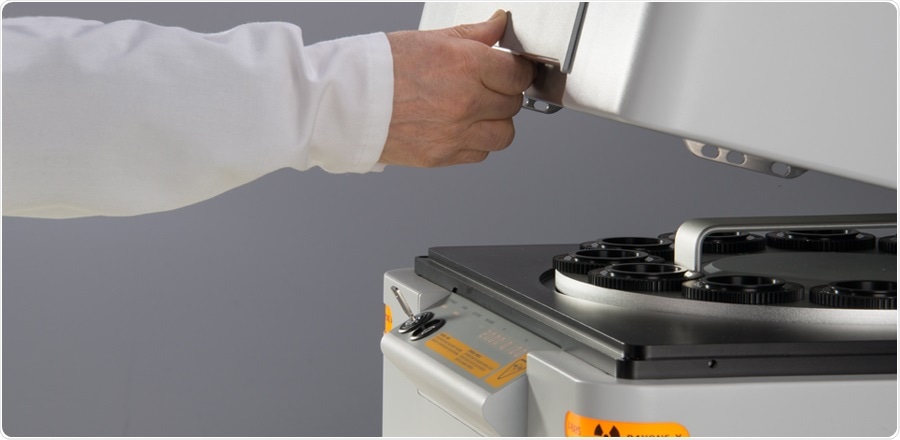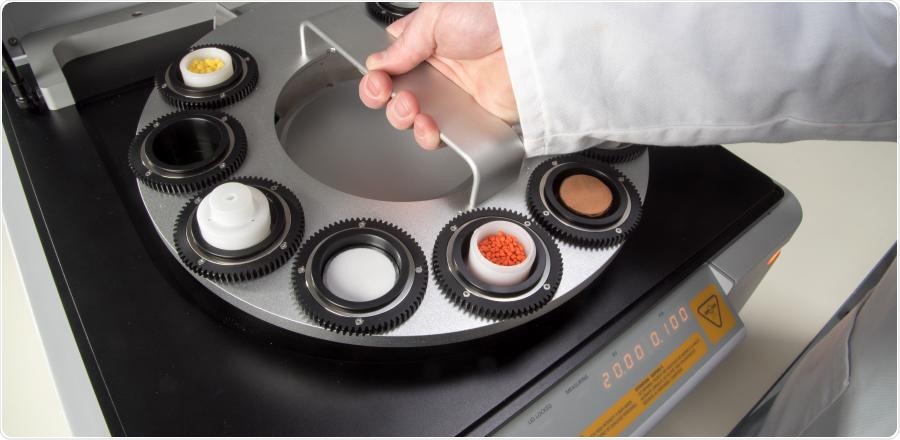The Epsilon 4, an energy dispersive X-ray fluorescence (EDXRF) benchtop spectrometer, offers non-destructive elemental analyses of impurities in active pharmaceutical ingredients and excipients in line with the recommendations in ICH Q3D, USP<232>, USP<233> and USP<735>.
Applications that have traditionally been performed by ICP and AAS are now possible without the need for time-consuming and costly sample preparation.
EDXRF Spectrometer for Cosmetic and Pharmaceutical Applications - Epsilon 4
The power of benchtop XRF
Combining the latest excitation and detection technologies and smart design, the analytical performance of Epsilon 4 approaches that of more powerful and floor-standing spectrometers. Selective excitation and careful matching of the X-ray tube output to the capabilities of the detection system underlie the system’s outstanding performance.

Low running costs
Epsilon 4 does not require the use of expensive acids, gasses and fume hoods, like in ICP and AAS. The only requirement is mains electricity and in some cases the use of helium to boost the sensitivity for light elements in the sample. Also, the individual components in XRF spectrometers are not exposed to friction or heat and therefore last for many years.
Non-destructive analysis
Measurements with Epsilon 4 are carried out directly on loose powders or end products, like pills and capsules, with little to no sample preparation. Since XRF is a non-destructive technique, the sample can also be measured subsequently by other analytical techniques, if required.
IQ and OQ documentation
Installation qualification and operation qualification procedures are available for Epsilon 4. These procedures are instrument verification and validation procedures required by companies to meet good laboratory practice (GLP), good manufacturing practice (GMP) and FDA 21 CFR Part 11 regulations.
Pharmaceutical setup samples
To comply with regulatory requirements, Malvern Panalytical offers a range of cellulose-based system setup samples for toxic elements, catalyst residues or PGM particles in the groups 1, 2A, 2B and 3. The standards contain 17 elements with concentrations ranging from 0 to 200 mg/kg. The three separate sets contain 5 different standards plus a validation sample.

Fast and sensitive
Fast measurements are achieved by using the latest silicon drift detector technology that produces significantly higher intensities.
Unique detector electronics enable a linear count rate capacity to over 1,500,000 cps (at 50% dead time) and a count rate independent resolution typically better than 135 eV for better separation of analytical lines in the spectrum. This allows the Epsilon 4 spectrometer to run at full power and therefore realizes a much higher sample throughput compared to traditional EDXRF benchtop instruments.